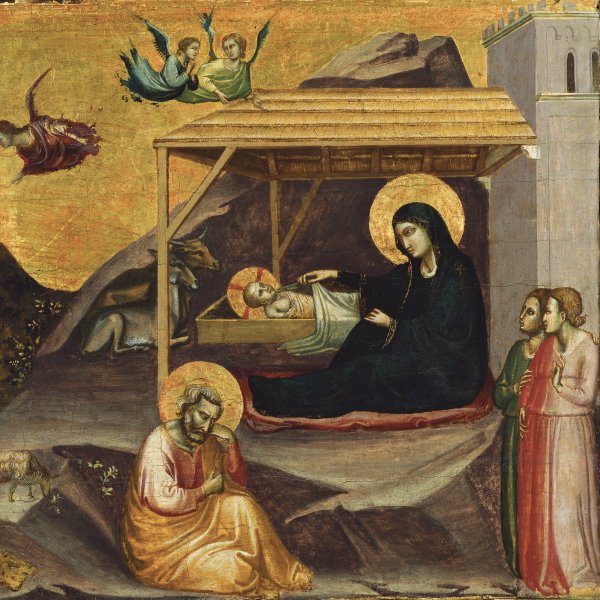Taddeo Gaddi
Taddeo Gaddi was one of Giotto’s most important pupils and one of the leading painters in Florence in the 14th century. According to Cennino Cennini, Gaddi worked with Giotto for twenty-five years and Gaddi’s works reveal a close relationship with that of his master, to the extent of borrowing his compositions. The first reference to the artist is a document in which he is registered in the Arte dei Medici e Speziali around 1330. By that point Gaddi had a high reputation as a painter and had executed his most important early project, the frescoes for the Baroncelli chapel in Santa Croce. This ensemble is noted for its dynamism, pronounced foreshortening, dramatic effects of light and interest in narrative. In addition, the architectural elements are relatively complex and ingenious. In the late 1330s the artist was commissioned to paint the panels in the sacristy of Santa Croce (now Accademia, Florence, Gemäldegalerie, Berlin, and Alte Pinakothek, Munich). Far from being a rigid imitator of Giotto, Gaddi was a painter alert to the artistic context of his day and one who aimed to combine the teachings of his master with the ideas of other young artists inspired by Orcagna. Gaddi worked in Pistoia where he painted a Virgin and Child for San Giovanni Fuorcivitas, and in Pisa, executing frescoes for the Camposanto.
From surviving documentation we know that Gaddi enjoyed a comfortable economic situation throughout his life, particularly in the final two decades. He died in 1366 and was buried in Santa Croce.





